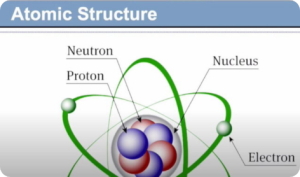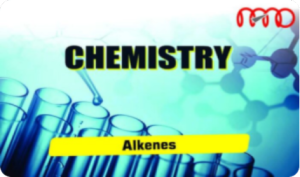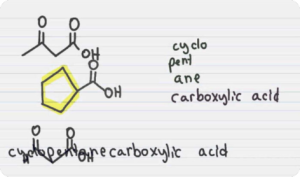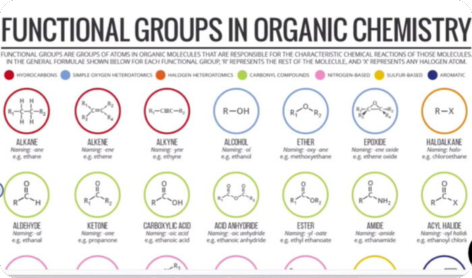Chem On Demand
Introduction to Organic Chemistry (Stereoisomerism)
Related products
-

Atomic Structure (Digital Notes)
$100.00 Add to cartAtomic structure refers to the structure of an atom comprising a nucleus (centre) in which the protons (positively charged) and neutrons (neutral) are present. The negatively charged particles called electrons revolve around the centre of the nucleus.
-

Alkanes (Digital Notes)
Read moreAlkanes are organic compounds that consist of single-bonded carbon and hydrogen atoms. The formula for Alkanes is CnH2n+2, subdivided into three groups – chain alkanes, cycloalkanes, and the branched alkanes.
-

Nitrogen Compounds (Digital Notes)
$150.00 Add to cartNitrogen compounds such as urea, amine and guanidine are used to denature proteins, hence their antimicrobial properties. One special form of nitrogen compounds for antimicrobial treatment is the so-called quats or quaternary ammonium salts. These molecules have a positive charge, attracting the negatively charged cell membrane of microorganisms.
-

Carboxylic Acid and Derivatives (Digital Notes)
$200.00 Add to cartCarboxylic Acid is an organic compound containing a carboxyl functional group. They occur widely in nature and are also synthetically manufactured by humans. Upon deprotonation, carboxylic acids yield a carboxylate anion with the general formula R-COO–, which can form a variety of useful salts such as soaps.
